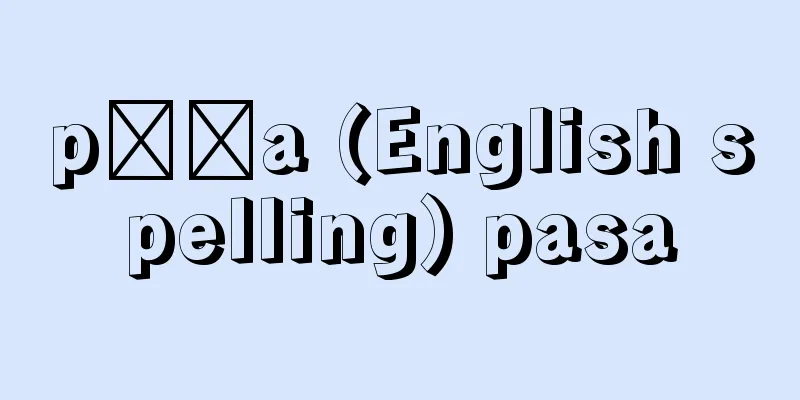Tristan (English spelling) Flora-Célestine-Thérèse-Henriette Tristan Moscoso

|
She was an activist for the liberation of workers and women. She was born in Paris as an illegitimate child of a Peruvian-Spanish aristocrat and a mother who fled the French Revolution. She believed that the solutions to social problems advocated by Saint-Simon, Fourier, and Owen should be put into practice, and in 1843 she wrote Union ouvrière , calling for liberation through class solidarity between male and female workers. She is said to be a precursor to Marx. Her uniqueness was in her use of existing organizations of artisans, such as traditional companionages (craftsmen's unions), mutual aid organizations, and production cooperatives, while going beyond their framework to organize them on a national and international scale, and using the funds she gained to have workers' advocates represent them in the National Assembly, rejecting radical republicanism and secret society activities and taking a legalist stance in order to give class power to the masses of workers. She died in Bordeaux during her enlightenment activities, and after the February Revolution, a monument to her was erected there with funds from workers. She called women "paria" (outcasts) in society and claimed that their liberation was a prerequisite for the liberation of the working class, drawing attention from the feminist perspective. Her life, "if she had not dedicated it to the benefit of the oppressed, it would have been nothing more than a crazy adventure novel" (Jean Baeren). She was the grandmother of the painter Gauguin. [Kazuko Sugimura] "Women's Liberation and the Formation of Worker Consciousness - Concerning Flora Tristan" by Mizuta Tamae (included in "The Intellectual History of Women's Liberation", 1979, Chikuma Shobo)" ▽ "Flora Tristan" by Kuroki Yoshinori (1980, Aoyamasha)" ▽ "Laure Adelaire, "Flora Tristan, Pauline Rolland and Other Women" (included in "The History of Women in the Backstreets", edited by Jean-Paul Aron and supervised by Kataoka Yukihiko, 1984, Shinhyoron)" [References] | |Source: Shogakukan Encyclopedia Nipponica About Encyclopedia Nipponica Information | Legend |
|
労働者および女性解放の運動家。ペルー系スペイン貴族の父とフランス革命亡命者の母との間の私生児として、パリに生まれる。サン・シモン、フーリエ、オーエンらの主張する社会問題の解決を実践に移すべきだとして、1843年『労働者同盟』Union ouvrièreを著し、男女労働者の階級的連帯による解放を呼びかけた。マルクスの先駆ともいわれる。彼女の独自性は、既存の職人労働者の諸組織すなわち伝統的コンパニョナージュ(職人組合)、相互扶助組織、生産協同組合などを利用しつつ、その枠を超えて国民的・国際的規模で彼らを組織し、その資金で労働者の擁護者を国会に代表させ、過激な共和主義や秘密結社活動を退け、合法主義の立場で、労働者大衆に階級的力量を与えようとした点にある。その啓蒙(けいもう)活動中ボルドーで客死したが、そこに二月革命後、労働者の基金で記念碑が立てられた。彼女は、女性を社会的「パリアparia」(のけ者)と称して、その解放を労働者階級解放の前提条件と主張し、フェミニズムの立場からも注目されている。その生涯は、「虐げられた人々の利益のために生涯を献(ささ)げたのでなかったら、狂気的冒険小説でしかない人生」(ジャン・バエレン)であった。なお、彼女は画家ゴーギャンの祖母にあたる。 [杉村和子] 『水田珠枝著『女性解放と労働者意識の形成――フロラ・トリスタンをめぐって』(『女性解放思想史』所収・1979・筑摩書房)』▽『黒木義典著『フロラ・トリスタン』(1980・青山社)』▽『ロール・アドレール「フロラ・トリスタン、ポリーヌ・ロランとその他の女たち」(ジャンポール・アロン編、片岡幸彦監訳『路地裏の女性史』所収・1984・新評論)』 [参照項目] | |出典 小学館 日本大百科全書(ニッポニカ)日本大百科全書(ニッポニカ)について 情報 | 凡例 |
Recommend
Permissible Concentration - Kyoyou no Udo
This is an occupational hygiene index concentrati...
Yatsushika Dance
A folk art form. A type of deer dance. A refined l...
Mercurius
…One of the twelve Olympians, he was the messenge...
Eriocaulon nudicuspe (English spelling) Eriocaulonnudicuspe
…[Tetsuichi Yahara]. … *Some of the terminology e...
Kitago [town] - Kitago
A former town in Minaminaka District, southern Miy...
nahḍa (English spelling) nahda
...That is, the belief that there must be energy ...
Polyphemos
In Greek mythology, she was a sea nymph and one o...
Archaeosphaeroides larbertonensis (English spelling)
… [Appearance of algae] According to fossil recor...
Hausa people - Hausa (English spelling)
An ethnic group that mainly lives in northern Nige...
Amia
…The teleosts are the most common fish today, acc...
Akumaku Culture
...Surveys by JL Giddings and DD Anderson identif...
Mursili II
? - c.1306 BC The seventh king of the New Hittite ...
Retropharyngeal lymph follicle
…There are many small granular lymphoid tissues b...
Múspellsheimr (English spelling) Muspellsheimr
…There was neither earth nor heaven, only the mou...
Garner, A. - Garner
...C.S. Lewis dealt with issues of good and evil ...





![Senbata [town] - Senbata](/upload/images/67cc0b9296ba3.webp)



